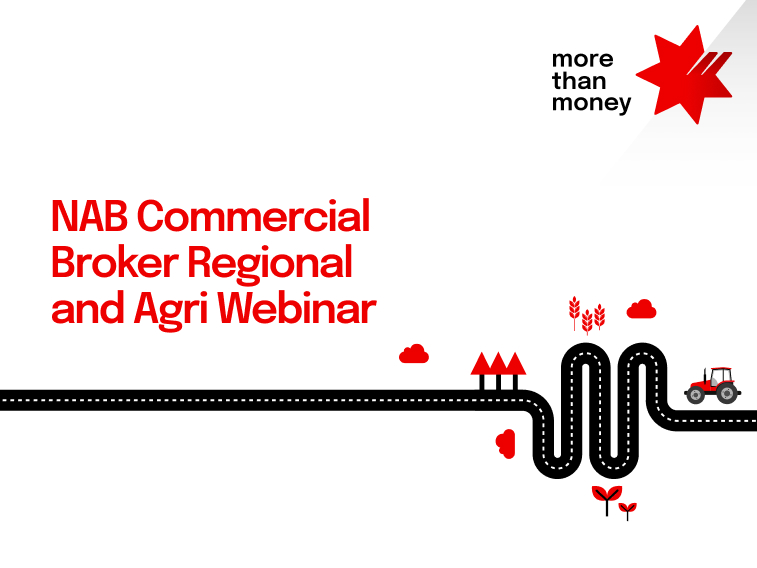An exclusive webinar to help you deliver the best outcomes for your R&A business. Watch now.


Webinar
Four years ago, John Gladigau joined forces with fellow farmer Robin Schaefer to create a new business, Bulla Burra. Here Gladigau explains how the collaboration has led to improved efficiency, economies of scale and even a better lifestyle.

In 2008, John Gladigau and Robin Schaefer sat down with a blank sheet of paper to design the perfect collaborative farm.
Gladigau, who describes himself as ‘a big picture thinker’, developed an interest in collaborative farming when he was asked to research the subject for a farmers’ discussion group. From here, his search for the perfect model took him around Australia then, as a Nuffield Scholar, to the US, Canada, New Zealand, Mexico, Brazil, the United Kingdom and Europe.
While his faith in the benefits of collaborative farming didn’t waver, he learned that there’s no perfect model and there are no rules. “Every joint venture needs to be shaped to the individual business – hence the blank sheet of paper,” he says. “But I do believe that there are essential core values such as efficiency, accountability, transparency and a high level of professionalism.”
At the time of their collaboration, Gladigau and Schaefer both owned 2,000 hectare farms in the Northern Mallee region of South Australia and were growing wheat, barley and canola. They set up Bulla Burra – which means ‘blue skies appearing through stormy clouds’ – as a new company and, to separate real estate from operations, leased their land to the business.
“We set out to create a cell of optimum efficiency based on land, machinery, infrastructure and labour,” says Gladigau. “For us that was 4,000 hectares. Then, as we both felt we could comfortably run two cells, we sourced an additional 4,000 hectares through leasing and share farming.”
The factor most likely to derail a collaborative enterprise is emotion, so the partners took steps to remove it from the equation. “We identified where we could add most value as individuals and clearly defined those roles,” says Gladigau. “We then set up a board and appointed an independent chairman.
We now have a robust process in place to ensure that all of our decisions are based on business principles and our chairman ensures that there’s a high level of professionalism in everything we do.”
Gladigau describes Bulla Burra as a family farm with a corporate mindset. “All of our stakeholders benefit from improved operational efficiency, economies of scale and better access to machinery and technology,” he says. “Robin and I are the owners but all of the people whose land we farm are still all living in the district, and we’re more profitable than if we were running separate businesses.”
Gladigau also appreciates the less tangible benefits. “Robin and I both get to work in the areas of farming that we love,” he says. “We also have a much better lifestyle – we only work weekends during feeding and harvest, and we take a non-negotiable four weeks’ holiday each year.”
With the fifth crop in the ground, they plan to consolidate their rapid growth before considering further expansion.
“Our mantra is BBB – Bulla Burra Better,” says Gladigau. “We’re constantly looking for ways to make the business that bit more efficient and to build on our relationship with everyone we deal with.”
Watch John and Robin share their story about Bulla Burra or visit their Facebook page to learn more.
You may also be interested in:
Technology supports exponential growth in a family farm
© National Australia Bank Limited. ABN 12 004 044 937 AFSL and Australian Credit Licence 230686.